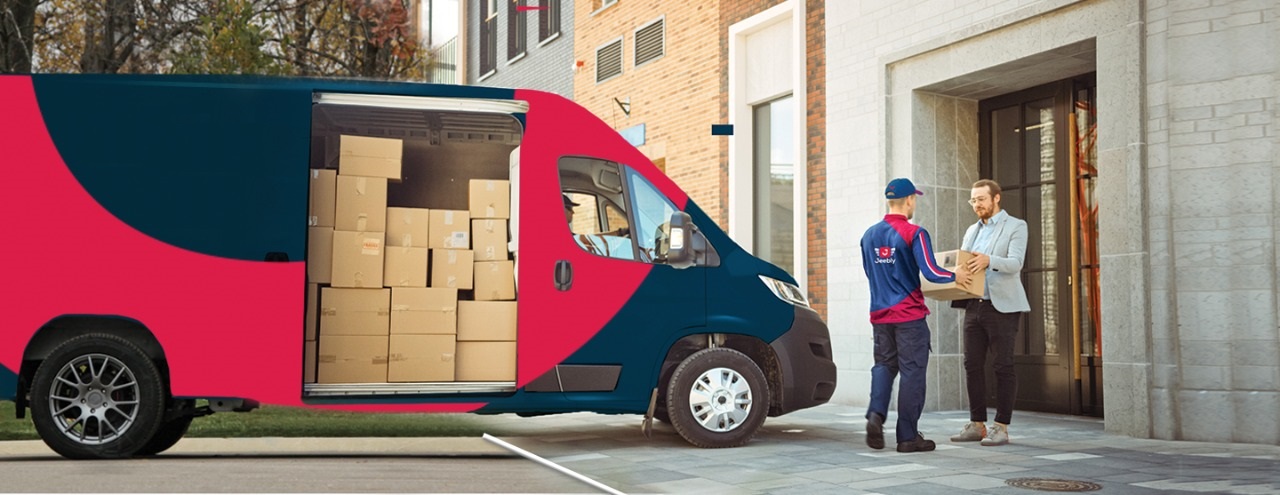7 Last-Mile Delivery Trends In Logistics for 2023

The world economy depends heavily on logistics. Last-mile delivery plays a significant role in the supply chain. There are several trends shaping and transforming last-mile delivery in 2023.
Customer expectations are rising, and logistics providers need faster and easier delivery options. E-commerce and on-demand services will lead to same-day and instant delivery.
Additionally, advancements in technology such as:
- Robotics
- Drones
- Autonomous vehicles will speed up deliveries.
That makes it more efficient and cost-effective.
Sustainability will continue to be a key driver in logistics. Consumers are conscious of environmental impacts. Thus, the providers will need to adopt greener practices:
- Electric vehicles
- And renewable energy sources.
The pandemic has accelerated contactless delivery adoption. This trend is here to stay. The safety and hygiene of both customers and delivery personnel will be a top priority. Providers will need contactless delivery technologies.
In this blog, we will explore last-mile delivery trends that will shape the logistics industry in 2023.
Logistics Trends: 7 Last-Mile Delivery Innovations
Here are the 7 last-mile delivery innovations that are shaping logistics management:
Same-day And Instant Delivery:
Customer expectations are rising. It is imperative that providers have access to delivery options that are faster and easier. So, they can meet these expectations. Same-day and instant delivery will become the norm. Providers will need to invest in technology to support these delivery times.
Data analytics and supply chain optimization improve logistics providers’ operations. These technologies will also enable real-time tracking and visibility. Besides, these technologies can give customers more control over deliveries.
Advancement In Technology:
Robotics, drones, and autonomous vehicles will continue to transform last-mile delivery. Robotics and drones can deliver packages to hard-to-reach locations with high traffic congestion. Autonomous vehicles can optimize delivery by reducing human error and labor costs. Additionally, AI and machine learning can:
- Improve route planning
- Delivery times
- Customer service.
Sustainable Practices:
Consumers are becoming more aware of environmental impacts. Logistics providers will need to adopt sustainable practices. The following delivery options will become more prevalent in the industry:
- Electric vehicles
- Renewable energy sources
- Carbon-neutral
This will not only reduce the logistics industry’s carbon footprint. But also help companies differentiate themselves in a crowded market.
Contactless Delivery:
The pandemic has accelerated contactless delivery adoption. And this trend is here to stay. Investing in contactless delivery technologies will safeguard customers’ safety and hygiene. These include:
- No-touch delivery options
- Contactless payment methods
- And real-time tracking.
Personalized Delivery:
Customers want more personalized delivery options. Therefore, providers will need to cater to these demands. This can include options like:
- In-home delivery
- Locker delivery
- And delivery to alternative pick-up locations.
Personalized delivery options can also include customized delivery windows. As a result, customers can choose the best delivery time.
Collaboration And Partnerships:
Lading logistic services will need to collaborate. And also form partnerships to improve last-mile delivery. This can include:
- Partnerships with other logistics providers
- Retailers
- And technology companies
Thus, they can optimize:
- Delivery routes
- Reduce costs
- And improve customer service.
Collaboration can also help logistics providers adopt cutting-edge technologies and innovations faster.
Data-driven Decision-making:
Logistics is becoming more data-driven, and last-mile delivery is no exception. Data analytics and machine learning can make more informed decisions. This is about:
- Delivery routes
- Delivery times
- Inventory management.
You can thus gain the following advantages:
- Efficient deliveries
- Reduced costs
- And improved customer service.
These 7 last-mile delivery trends shape the logistics industry in 2023. To stay competitive, providers will need:
- Embrace these innovations
- Adopt updated technologies
- And invest in sustainable practices.
Due to this, customer demands. can be met.
Final Thoughts
In conclusion, there has been tremendous development in the logistics sector. And the last-mile delivery segment is no exception. With online commerce, customers demand faster and easier delivery options. As a result, logistics providers must adopt innovative solutions.
Providers will need to embrace these trends to remain competitive and meet customers’ changing demands. Advancements in technology, such as:
- Robotics
- Drones
- And autonomous vehicles
These technologies will improve delivery efficiency and speed.
Sustainable practices will also become increasingly critical. This is because customers seek conscious delivery options.
Moreover, contactless delivery and personalized delivery options will remain popular. Customers also prioritize safety and convenience. Logistics providers will need partnerships to optimize:
- Delivery routes
- Reduce costs
- And improve customer service.
Finally, data-driven decision-making will be critical for providers to make informed decisions about:
- Delivery routes
- Delivery times
- Inventory management.
Providers can streamline their operations using data analytics and machine learning. Additionally, they can improve the overall delivery experience for their customers.
In conclusion, the future of last-mile delivery in logistics is exciting. That is due to the numerous innovations on the horizon. In order to remain competitive, logistics providers need to embrace these trends.
Looking for a logistics service provider for taxes?
No worries! Feel free to contact lading logistic services in Taxes. They provide the best services.
FAQs:
What is a last-mile delivery?
Last-mile delivery is the final stage of the delivery process, where the package is transported from the local distribution center to the customer’s doorstep.
Why is last-mile delivery so crucial for logistics?
Last-mile delivery is essential because it’s the point at which the customer receives the package. It’s also the most expensive and time-consuming part of delivery.
What are some emerging last-mile delivery trends?
Emerging last-mile delivery trends include:
- Contactless delivery
- Sustainable delivery options
- Personalized delivery
- Use of robotics
- Drones
- Autonomous vehicles
They help improve delivery speed and efficiency.
How can logistics providers improve last-mile delivery operations?
Logistics providers can improve their last-mile delivery operations by adopting technology-driven solutions, optimizing delivery routes, offering personalized delivery options, and investing in sustainable delivery practices.
SHARE
Stay in touch
To be updated with all the latest news, offers and special announcements.







